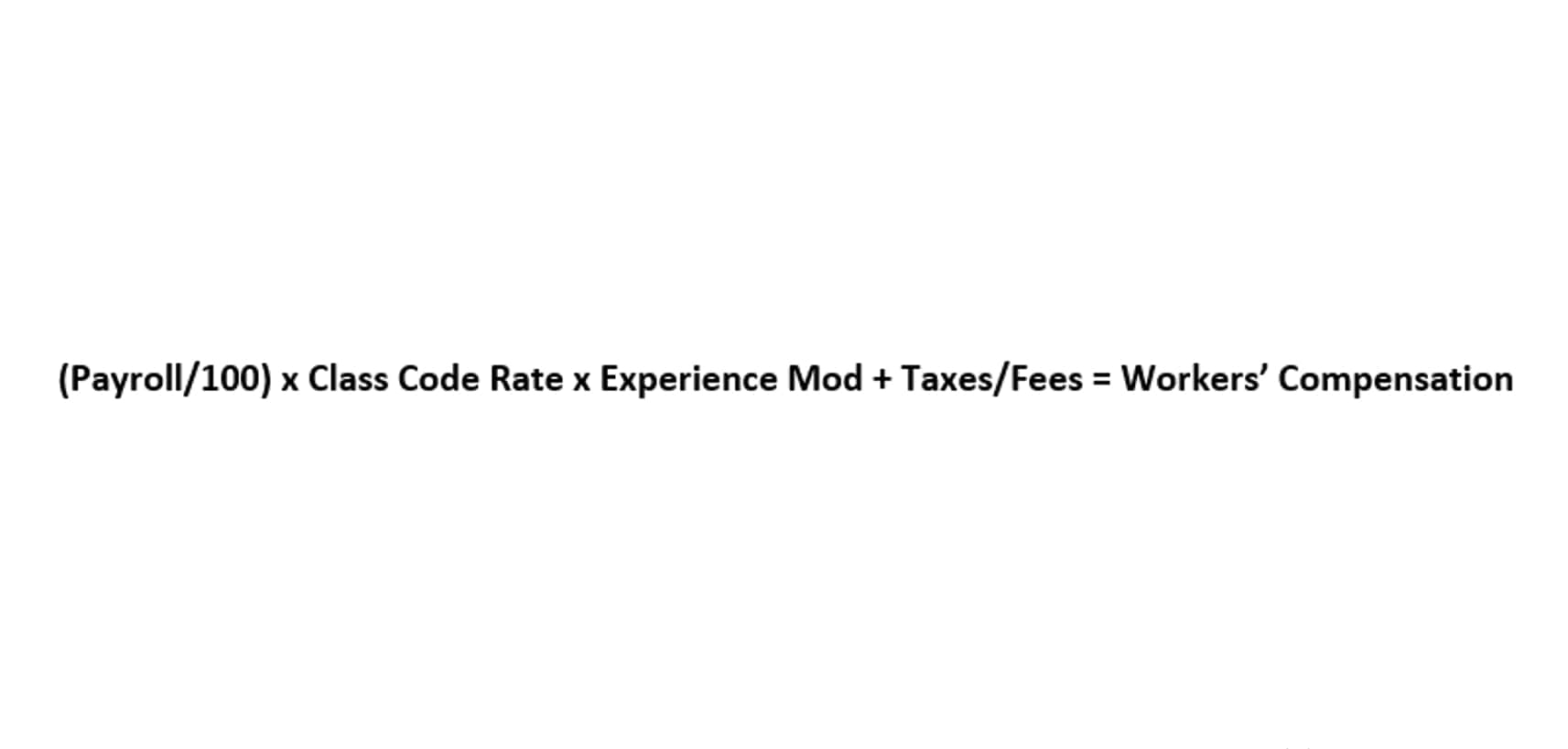If you have a knack for numbers, enjoy analyzing data, and possess a strong attention to detail, a career in accounting or finance could be the right fit for you. To explore educational opportunities in your area, visit our comprehensive directory of accounting schools and programs to find the right fit for your career goals. Understanding the educational requirements for each career path is essential for making informed decisions about your professional development strategy. A CPA can do everything a non-certified accountant can do, but they are also able to work in specialized areas of accounting such as consulting, financial planning and litigation consulting. CPAs, unlike uncertified accountants, can also set up their own accounting firms. The financial world presents terms that can seem interchangeable, causing confusion for individuals and businesses seeking financial guidance.
How long does it take to earn a Graduate Certificate in Accounting?
The amount of CPE you must complete will vary based on the state in which you are licensed. If your business requires audited financial statements for investors or lenders, or assurance services, a CPA is the only authorized professional. A CPA is also appropriate for complex tax planning, navigating significant tax events like selling a business or receiving a large inheritance, or facing an IRS audit. Their training, licensing, and ongoing education equip them to handle complex financial and tax matters. Choosing between an accountant and a CPA depends on your financial needs’ complexity. For basic bookkeeping, payroll, or straightforward tax preparation, an experienced accountant can provide adequate, cost-effective support.
If you’ve thought about pursuing a career in accounting, you may have wondered about the differences between an accountant and a certified public accountant (CPA). The terms are often used interchangeably, but there are some significant differences to consider when weighing your career options. An accountant can enter cpa vs accountant: what is the difference devry university the profession with just a bachelor’s degree in accounting. A CPA, on the other hand, needs additional education and licensing credentials from the American Institute of Certified Public Accountants (AICPA). Keep reading to explore the differences between accountants and CPAs and learn how to choose the best educational path for your career goals.
Public vs Private Accounting: Finding Your Fit
Our student support team can help you develop a personalized tuition plan including financial aid options. The agency tasked with tracking employment and salary data in the U.S. is the U.S. In their projections, the BLS makes no distinction between CPAs and non-certified accountants. Whether you are a CPA or accounting professional, you need practice management software to manage your firm effectively and help you manage your clients. CPAs are trained to navigate complex financial regulations, making them valuable for industries requiring strict compliance, such as healthcare, government, and financial services.
- Accountants and CPAs (Certified Public Accountants) both are essential for business functions, and both roles have an important distinction.
- Learn to prepare, interpret, and assess financial statements, helping businesses track performance and maintain compliance.
- Scholarship and grant terms and eligibility conditions are subject to change.
- To become a chartered accountant, individuals need to complete a bachelor’s degree, gain work experience, undergo specialized training, and pass an examination.
- By earning and maintaining their licensure, CPAs demonstrate a high level of proficiency in their field.
They work internally to monitor and assist with an organization’s financial planning. Preparing documentation that is typically meant for internal stakeholders rather than the public, managerial accountants create and analyze budgets to meet the short- and long-term goals of their organizations. From balancing budgets to ensuring tax compliance, accounting professionals play a key role in keeping companies running smoothly. Whether it’s managing payroll, analyzing financial statements, or preparing tax filings, businesses rely on skilled accountants to make informed decisions. If you have transfer credits from a previous school, our admissions team can help you submit your transcripts for evaluation.
- That’s why we offer flexible learning options for our accounting and finance programs, including both online and on-campus3 classes.
- The field of public accounting involves working with a variety of clients to help them prepare financial documentation.
- But after gaining some experience in the field, you may want to pursue further opportunities, such as CPA certification or earning a graduate certificate or master’s degree in accounting.
- Even outside public accounting, the license signals credibility and readiness for higher responsibility.
Many organizations seek CPAs specifically because the credential demonstrates a high level of expertise and commitment to ethical standards. If you’re thinking about earning an accounting degree—or going back to school for a master’s—you’ve probably asked yourself, “Should I become a CPA? The choice can shape the kind of work you do, the industries you work in, and how far you can advance in your career. Refresh your knowledge of key topics, such as auditing, tax compliance, business analysis, corporate finance, risk management, legalities, and data analysis.
There are certain jobs within the field of accounting that only a CPA can do, making earning your CPA license something to consider if you’re looking to pursue these types of roles. A Certified Public Accountant (CPA) is a professional designation within the accounting field. If you’re looking to pursue a career in accounting, expand your capabilities in the field or just asking yourself, “What is a CPA?” then we can help.
Bureau of Labor Statistics (BLS), Accountants and Auditors as of May 2021, retrieved on May 16, 2023. Due to COVID-19, data from 2020 and 2021 may be atypical compared to prior years. The pandemic may also impact the predicted future workforce outcomes indicated by the BLS. BLS calculates the median using salaries of workers from across the country with varying levels of education and experience and does not reflect the earnings of GCU graduates as Accountants and Auditors. It does not reflect earnings of workers in one city or region of the country. Median income is the statistical midpoint for the range of salaries in a specific occupation.
For those interested in exploring accounting programs by state, our comprehensive directory provides detailed information about campus and online options. It’s important to remember that each state maintains its own CPA licensure requirements. You may have to meet additional state or jurisdiction-specific requirements, such as additional accounting or ethics courses, to be licensed.

















